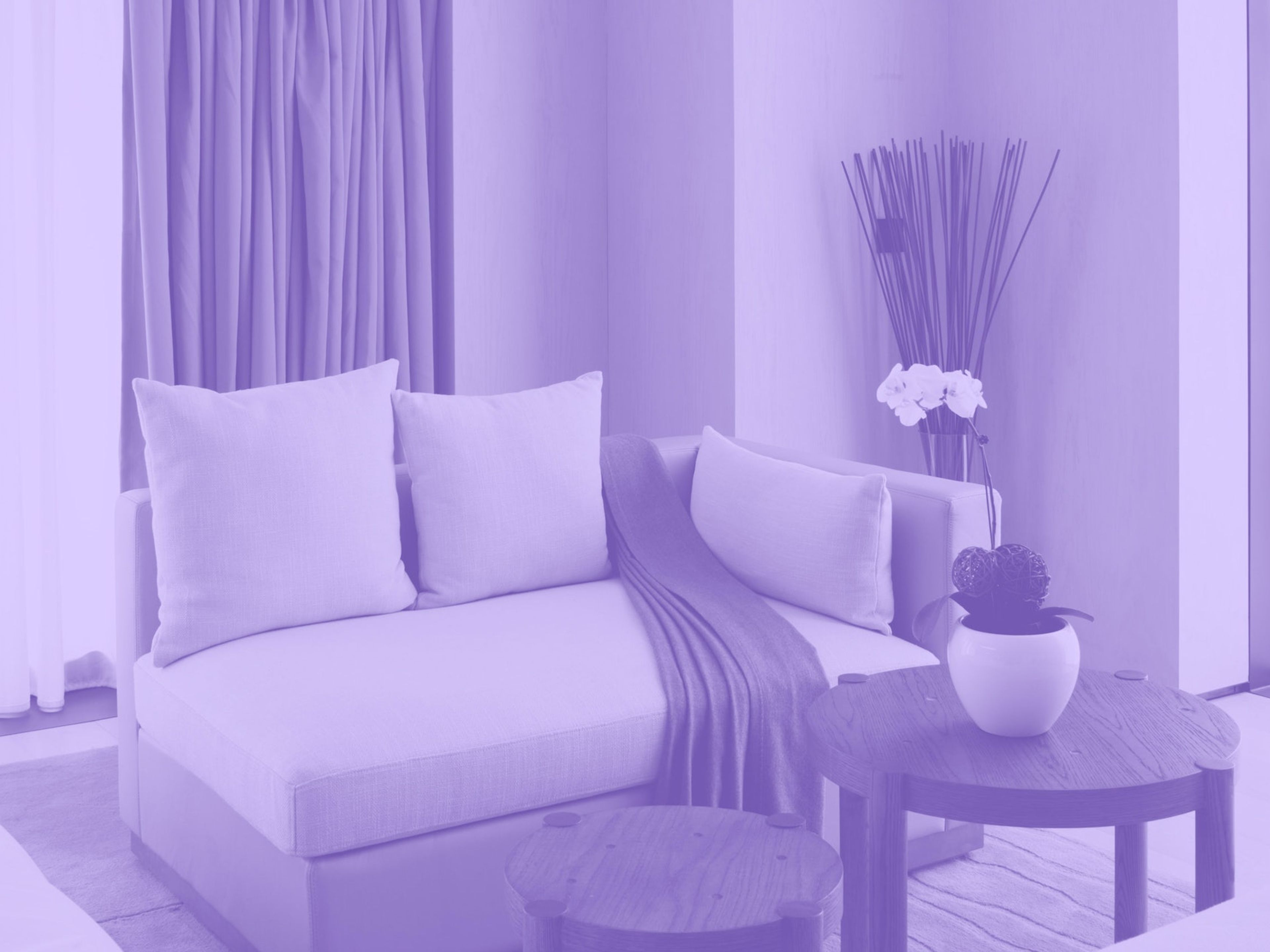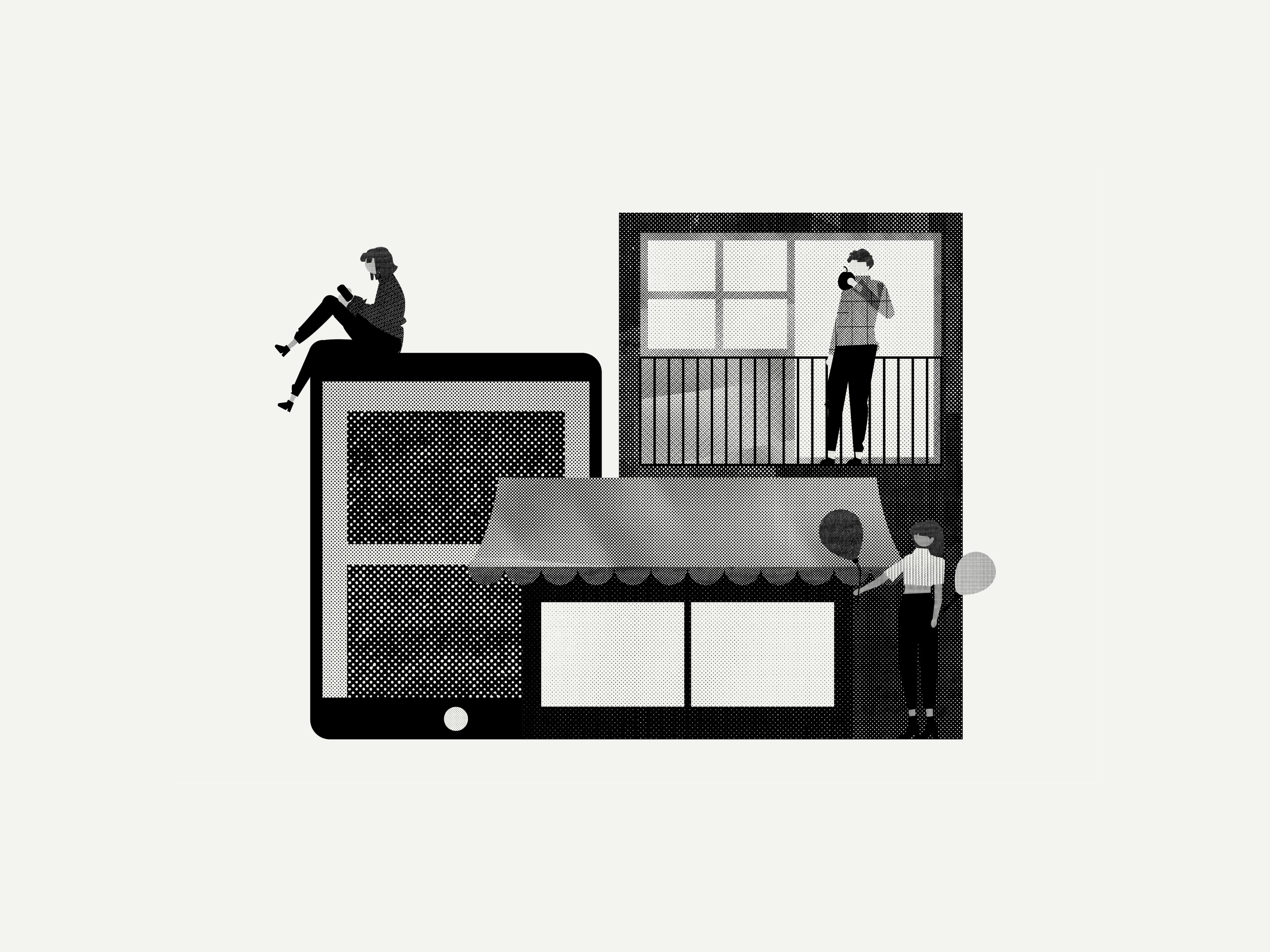
Boutiques and Suites
Page contents
In 2022 Make hosted roundtables in Hong Kong, Sydney and London with developers, operators and brands as part of our Exchange series. Our aim was to examine the intersection between retail and hospitality design. Creative brand strategist Philippa Wagner, who presented the highlights from each roundtable at an exclusive digital event, summarises the findings here.
The retail and hospitality sectors have both undergone substantial changes over the past few years due to the impact of COVID-19 and the accelerated shift to online shopping. What remains is an exciting space for differentiation and new ways to engage customers.
A common narrative across all three of our roundtables was the shift from transaction to experience, fuelled not only by the closure of hotels and borders during lockdown but also by wider changes to how and where we choose to spend our time.
Below we unpack five key topics that emerged across the roundtables, highlighting best-in-class examples that demonstrate change and draw out questions from our discussions. Some of the topics are already well established, while others are more nascent. One theme they all have in common is flexibility – be it flexibility of space, resources, mindset or services.
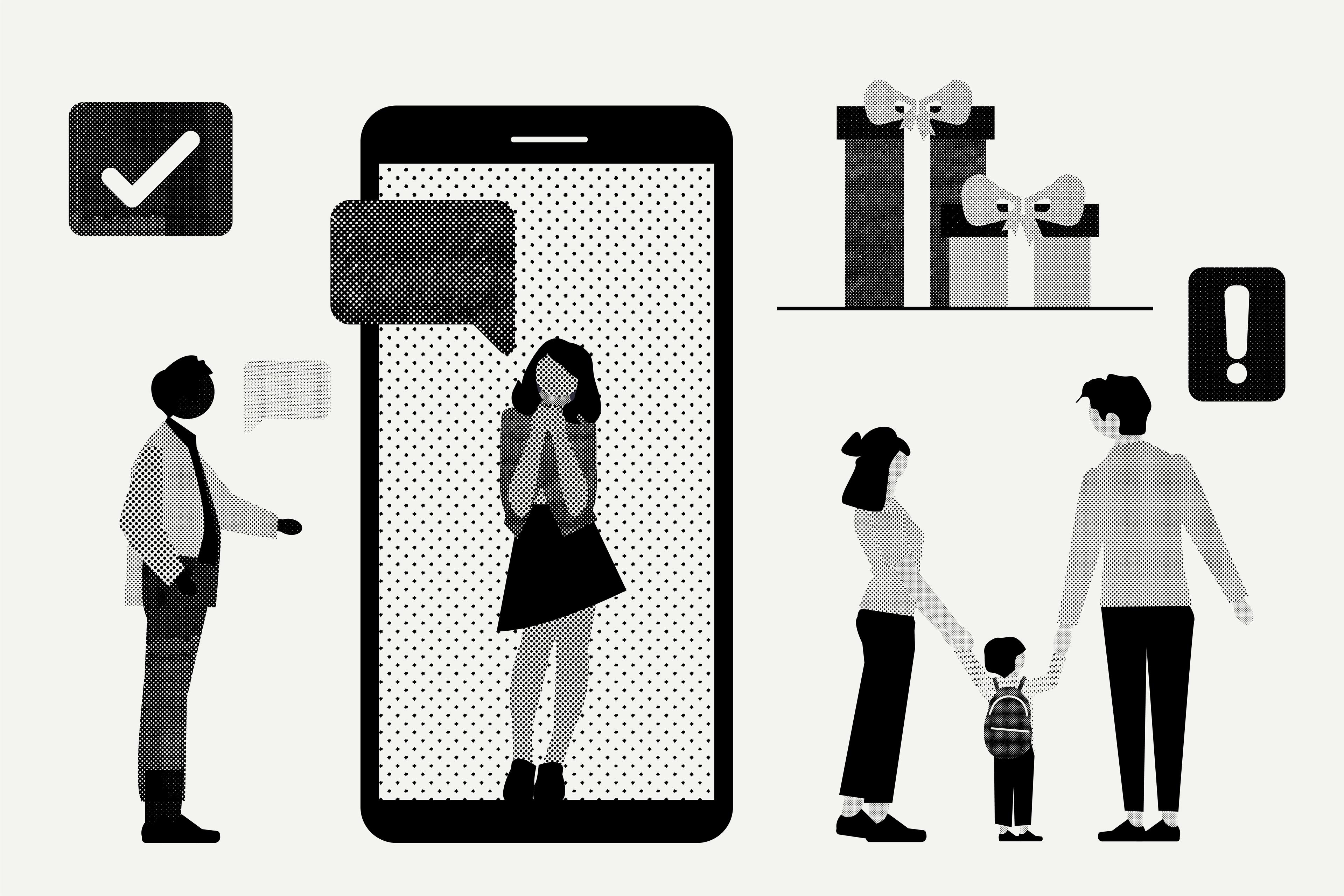
The linger effect: Looking beyond footfall to retention
As customers’ relationship with retail shifts, retailers are moving beyond transactional modes of selling, broadening their scope to incorporate hospitality, dining and relaxation into the retail environment. Similarly, hotels are evolving into multi-purpose places to sleep, meet, work and play. Both retailers and hotel brands are levelling up the concept of placemaking, creating destinations where people are incentivised to stay the whole day.
The metrics of success in retail and hospitality have largely shifted away from footfall and towards the retention of customers. Operators are keen to capitalise on the so-called 'linger effect', leaning on partnerships between retail and hospitality to create ecosystems that encourage people to linger all day.
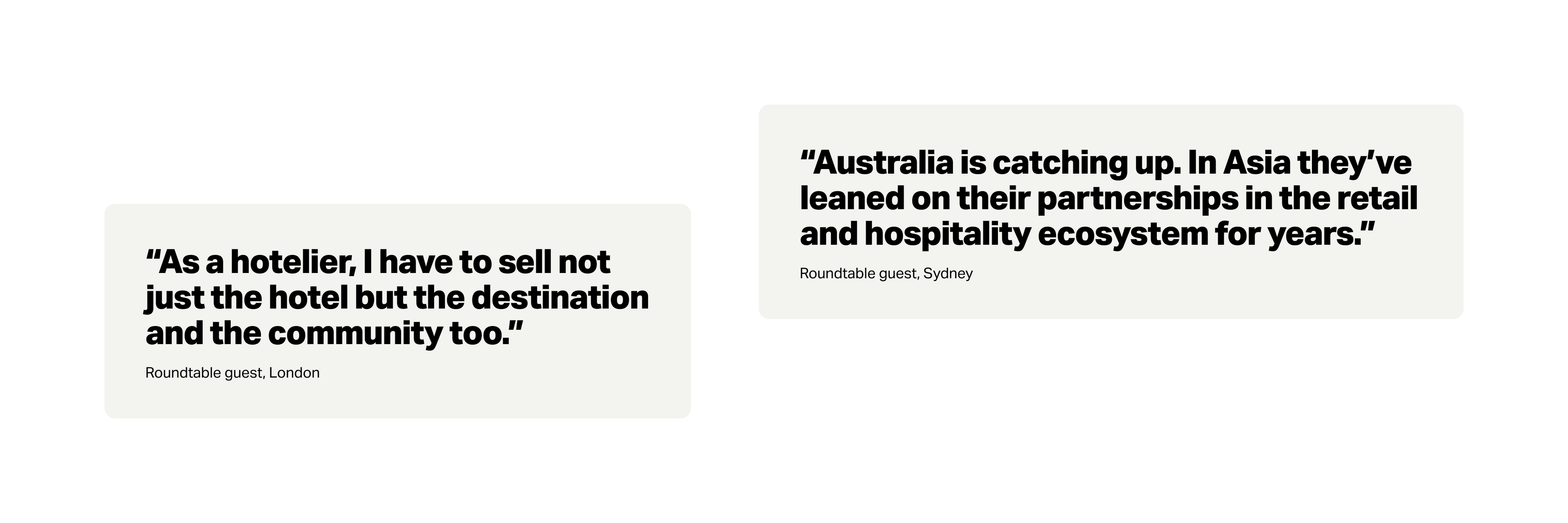
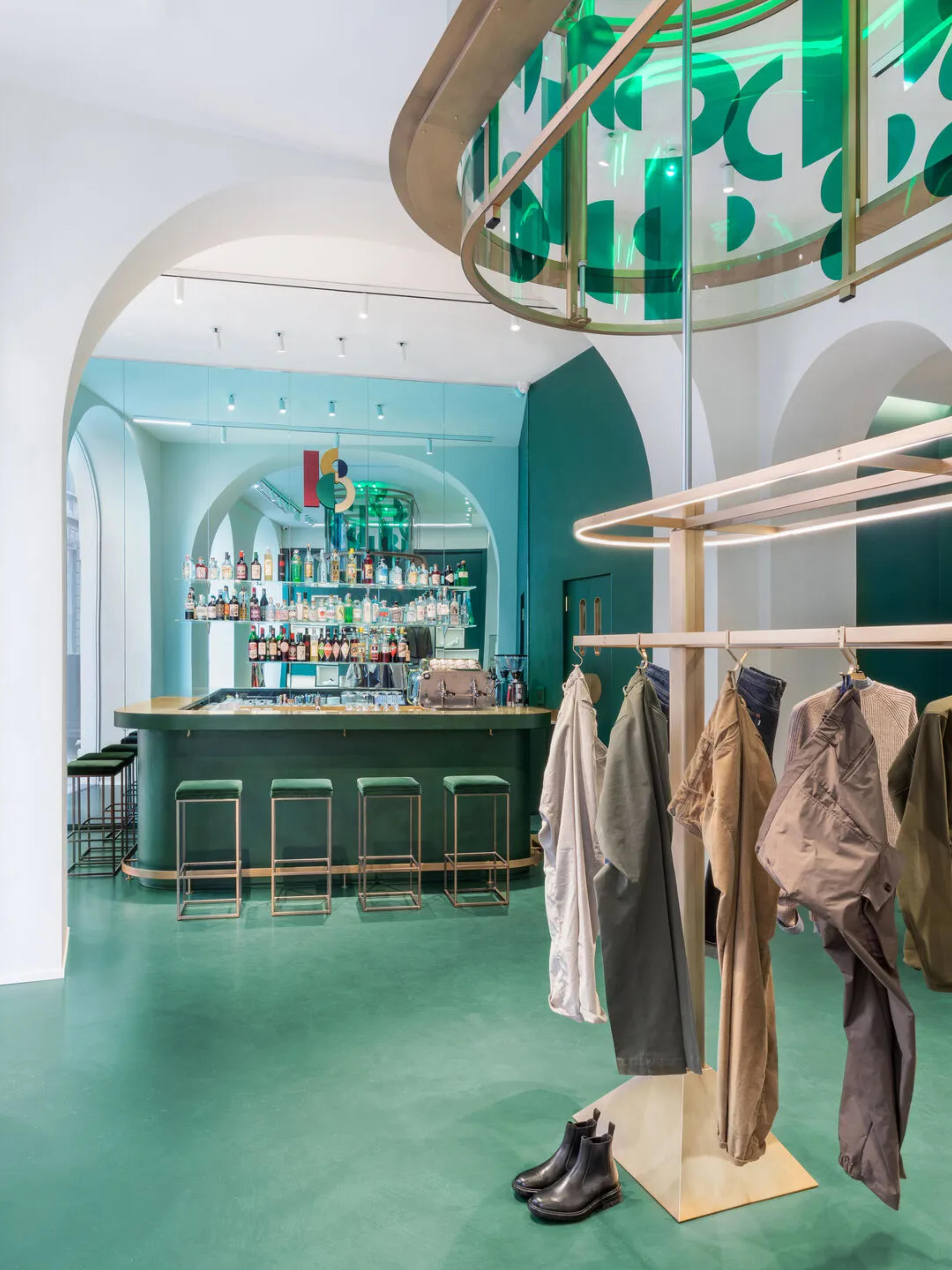
Slowear18. Alessandro Saletta, DSL Studio
Many brands and destinations – some small, some much bigger – are already leading the way. For example, every day after 7pm the fashion store Slowear18 in Milan transforms into a cocktail bar, its product display case lifting out to become a bar counter.
“We wanted to highlight the relationship we have with our clients rooted in hospitality by blending two entertainment experiences: shopping and mixology,” the company's CEO told the press when the bar opened.
Luxury department store Harrods is also expanding its hospitality offering in unique ways. Although Harrods' flagship London store is known first and foremost as a retailer, it now has more Michelin Star chefs under one roof than any other location in the UK.
Many leading examples of the linger effect can be found in Asia. One is O Shop in Chengdu, China – a furniture store and café by day and a bar at night. The base of the coffee counter has an integrated fireplace, evoking a cosy, convivial mood, while mirrored panels at the back of the store retract to reveal a hidden bar.
A guest at the London roundtable noted that people often don’t venture to the top floors of a store, so turning these floors into F&B and hospitality spaces can be a particularly effective way to encourage people to flow upward through spaces and create reasons for lingering at the same time. You can see this thinking applied in Make's revitalisation of Sydney's Chatswood Chase shopping centre: the design introduces a vibrant rooftop extension with gardens, restaurants, workspaces and more.

System rethinking: Evolving the industry for the future
Several roundtable guests agreed that developers and investors need to recognise the financial benefits of the linger effect. Longer dwell times result in higher revenue. Current leasing and investment systems should evolve in line with changing expectations around living, shopping and working. This requires a system rethink, especially in terms of how we value real estate in the retail and hospitality sectors.
A property shouldn't be viewed as a single asset siloed within just one of these industries; we should see them as part of a broader ecosystem that delivers on all of a customer's needs, with places to eat, to work, to exercise, to shop, to recharge and relax. As one roundtable guest noted, hotels in particular are becoming about more than the rooms they offer. They’re also about the destination and community they’re embedded into.
There’s an opportunity for landlords to create new business models that adapt and flex with changes in consumer demands. As the retail sector adopts new meaning for shoppers, leasing models will increasingly be informed by shoppers’ expectations.
As Jacqueline Windsor, the UK retail leader at professional services firm PwC, commented in a recent article about changing retail models: “Brands are forced to rethink not just the format, location and permanence of their stores but also beg the question of how to measure value when you can no longer use sales as a single success metric. It requires brands to look at the full equation."
Whether this means examining retail assets on a per-square-metre basis or via a percentage of public space incorporated into the return on investment, it's clear the mindset around cross-pollination requires new thinking.
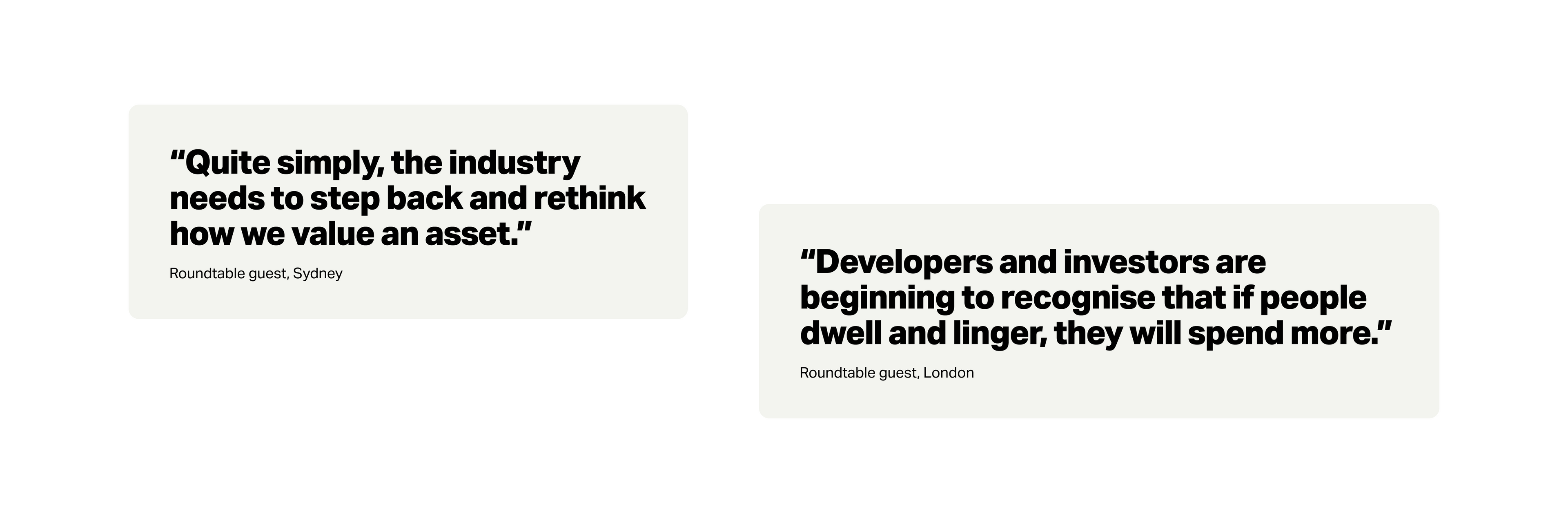
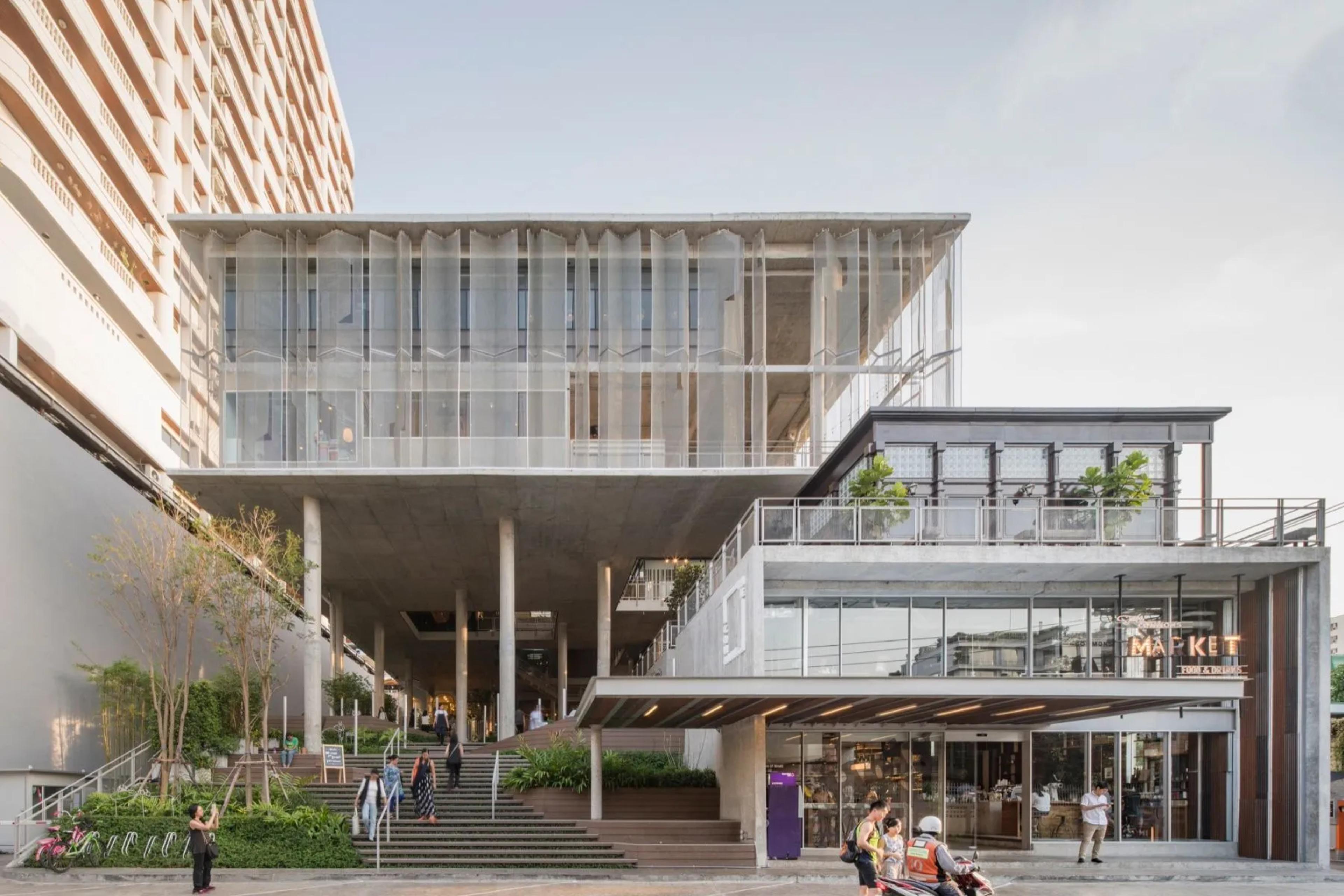
The Commons in Bangkok. ArchDaily
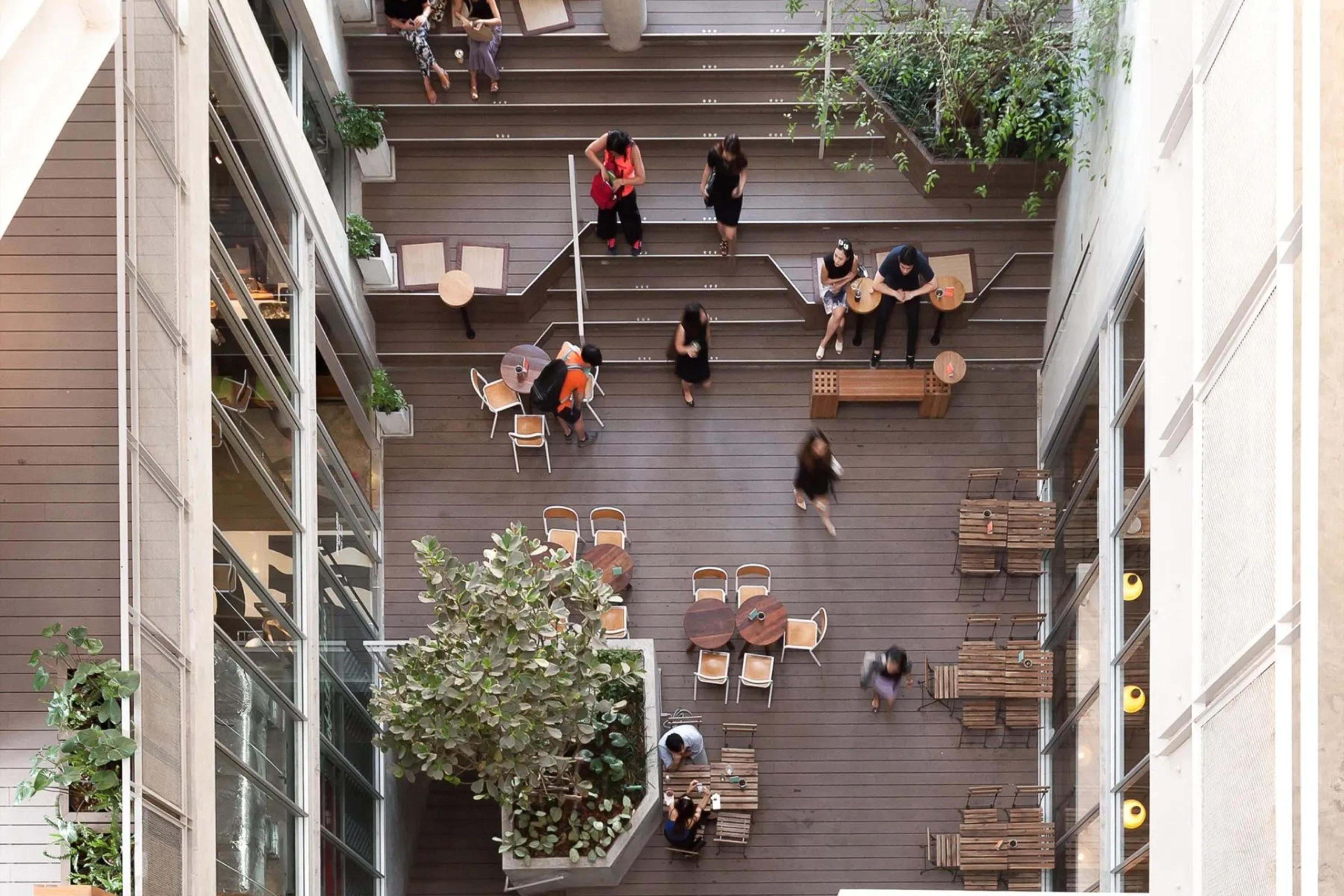
The Commons, a wellbeing-led mall in Bangkok, was designed to unite retail and social activity and encourage lingering and experiences over traditional sales.
The mall allows people to decompress from the hustle and bustle of the city, with more than 30% of its space dedicated to open-air public use. The upper floors can be pre-booked for different uses, from yoga classes and music performances to art and dance workshops.
The model completely rethinks how real estate and meterage are valued.

Brand loyalty: Expanding on customer loyalty
Leveraging loyalty is nothing new, with membership and loyalty schemes already deeply rooted in the hospitality and retail industries. But brand loyalty is shifting beyond physical spaces and products. People are increasingly choosing to spend their money on brands they align with personally, and this is creating a new symbiosis between retail and hospitality.
Hotels, for example, are now partnering with like-minded lifestyle and retail brands to offer experiences that are a natural extension of their physical spaces. The opportunity for success is based on customer trust. If you trust the hotel you stay in, you’re likely to trust the brands it aligns with.

We can see this sharing of clientele playing out in retail pop-ups in underused conference facilities, and in QR codes on products in hotel rooms that take guests to online shopping portals. This model is mutually beneficial, reducing capital expenditure for retailers while providing hotels with additional attractions for both guests and locals.
One hotel that's been playing in the retail space for decades is Gleneagles in Scotland, which sells its own branded products. In recent years, the hotel has started bringing relatively unknown designers into its arcade, giving them a platform to develop their reach and increase sales.
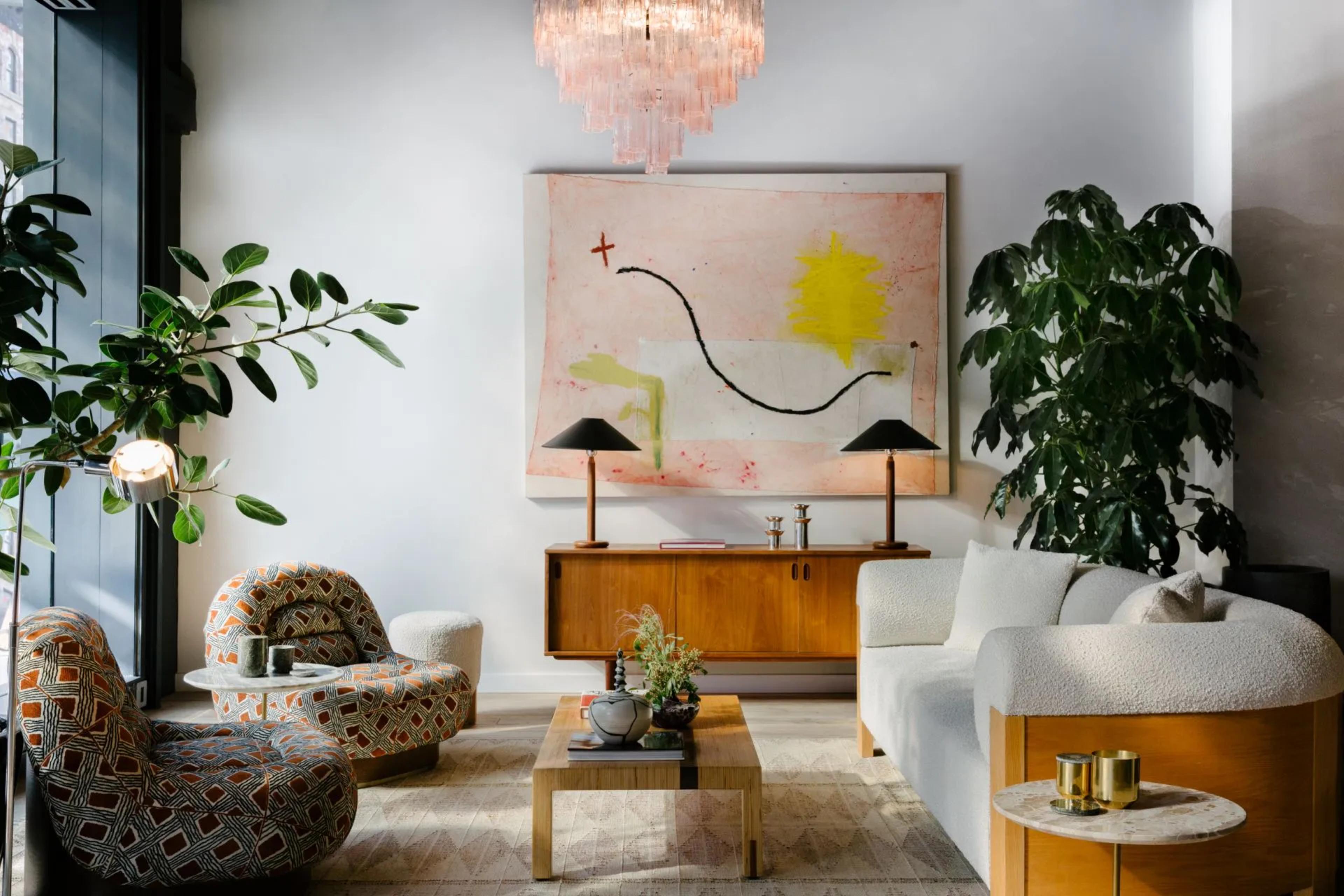
Soho House. Nick Glimenakis
Brand loyalty is deeply rooted in customer trust. The most successful brands engage with their customers in multiple ways – something Soho House has mastered.
What started as a members’ club has grown to include Soho Works co-working spaces, the Soho Skin skincare range, and Soho Home interior services.
The Soho Home team consults an interior designer to bring the perfectly curated interiors of Soho House into a guest's home.
The brand has also collaborated with Lick to create eight paint colours, inspired by Soho House locations around the world, further allowing customers to integrate the Soho House brand into their own homes.
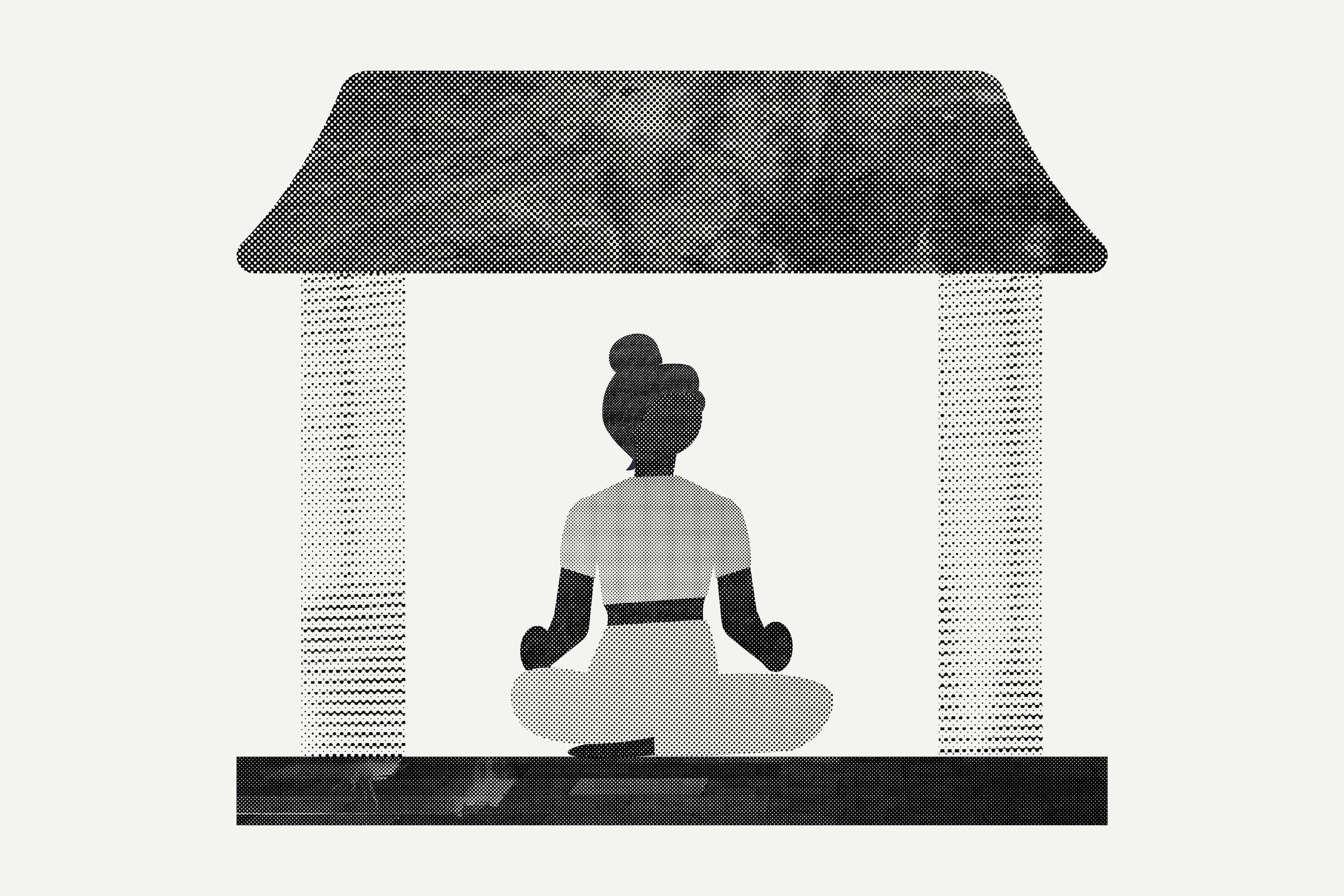
Brand temples: Retail formats of tomorrow
Building on the linger effect, stores are becoming flexible destinations that blur the boundaries between museums, art, retail, hospitality and culture. In doing so, they invite customers to immerse themselves in the experience of this ‘brand temple’. The luxury shop windows on Make's Superbrands floor at Harrods, for example, take the form of carefully curated vitrines, displaying the artistry of different fashion designers and evoking a gallery feel.
The integration of hospitality offers retailers a special opportunity to heighten customer service by hosting customers instead of merely transacting with them. In contrast with e-commerce, physical retail is all about bringing people in, taking care of them and creating familiarity. It’s about leveraging emotions that build better, stronger, more loyal relationships between brands and their customer base.
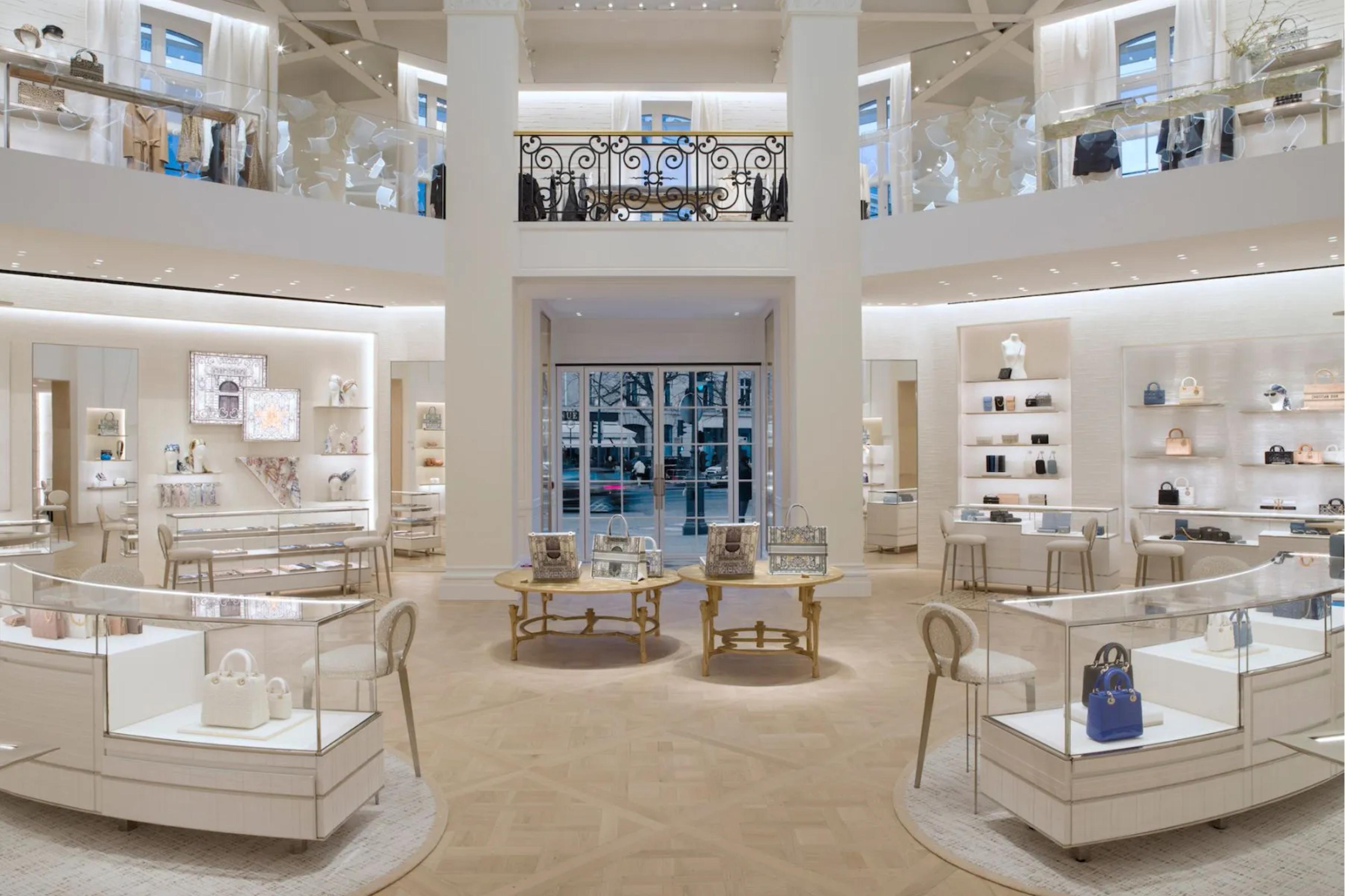
Dior flagship store in Paris. 56Paris

Suite Dior. Hotel Barriere
Dior’s flagship store in Paris is an exemplary brand temple. It houses a gallery, a restaurant, a pastry café, three gardens, an event space, jewellers, haute couture ateliers and more.
It also features the Suite Dior, a private apartment with a chef and personal shoppers on hand, making the store a place to eat, stay and become fully immersed in the Dior experience.

Meanwhile, La Samaritaine, owned and operated by LVMH, houses 650 luxury brands under one roof in Paris. These span fashion, accessories, beauty, jewellery and watches. The department store has been renovated to incorporate restaurants, social housing, offices and a daycare centre on site, plus an adjacent hotel and an outpost of a famous Milanese café.
Sportswear giant FILA is highlighting the power of cross-brand partnerships with FILA House, a branded hotel in Shanghai, created in partnership with the Hyatt Group. Expected to open in 2024, it will form part of the new headquarters for FILA's parent group. The development – which will also include office space, shops, and food and beverage outlets – presents an opportunity for FILA to expand its identity and services beyond traditional retail spaces.
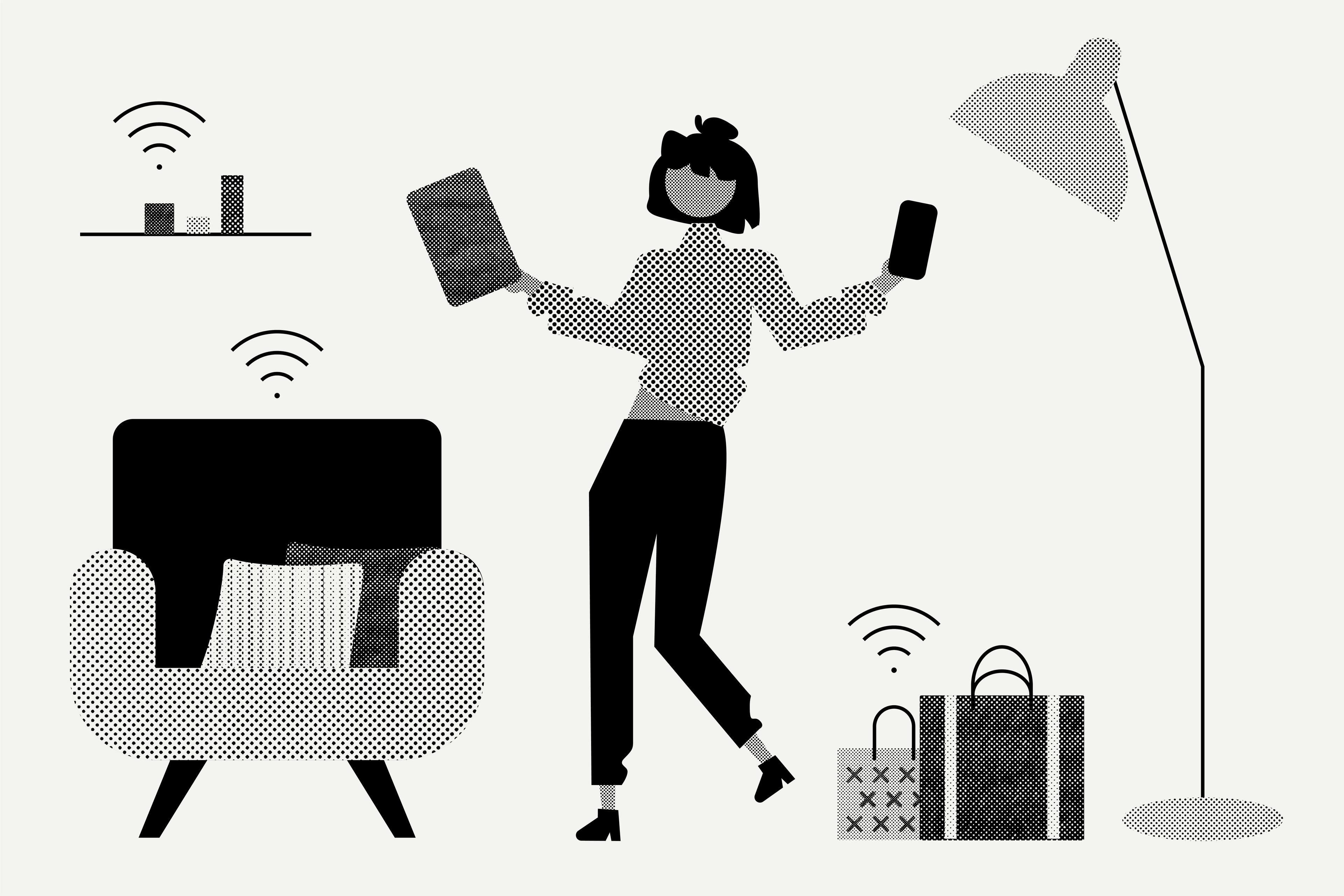
Try before you buy: Shop where you stay
In 2016 the French retailer Pimkie launched its Mini Fashion Bar, a capsule clothing collection that guests could purchase from the wardrobes of guestrooms at the Banks Hotel in Antwerp. The range, created by fashion bloggers, featured key items that guests might have forgotten to pack, along with seasonal, trend-based pieces.
Similarly, Gap partnered with Virgin Hotels to provide a digital concierge app called Lucy that catered for guests’ clothing emergencies or last-minute decisions. Items could be ordered through an iPad and were delivered to guestrooms within a few hours. If a guest kept the product, they paid for it, while any unwanted purchases could be returned by simply leaving them in the wardrobe.
Neither Mini Fashion Bar nor Lucy survived, possibly because they were too ahead of their time or needed different brand positioning. However, advances in e-commerce mean the ‘shopping everywhere’ mindset has permeated our lives. Hotels are the perfect environment for guests to try before they buy, particularly for homewares like bed linen and mattresses. Today there are many companies and start-ups making the most of this opportunity.
Hotel brand SLS is one example. With the launch of its online store, SLS Shop, the hotel now enables guests to scan QR codes on the furniture and fixtures in their room; these take them directly to the website, where they can buy the hotel-branded product and have it shipped to their home. SLS Shop also stocks a wide range of brands that align with its brand identity.
The start-up LiBi, which stands for Love it, Buy it, also uses QR codes to bring hospitality storefronts to life, from the mattresses guests sleep on to the paddleboards they hire during their stay. LiBi emphasises the emotional connection people have to the objects they use on holiday and makes it easy to purchase these items during their stay.

The idea for Minoan – a US company that allows guests to purchase the unique products found in their accommodation when travelling – was born when the founder saw a speaker that he wanted to buy in an Airbnb he was staying in. The company now works with more than 160 premium brands and provides alternative revenue streams for the hotels and rentals they partners with, replacing income from room service and in-room movies, which are becoming increasingly redundant.
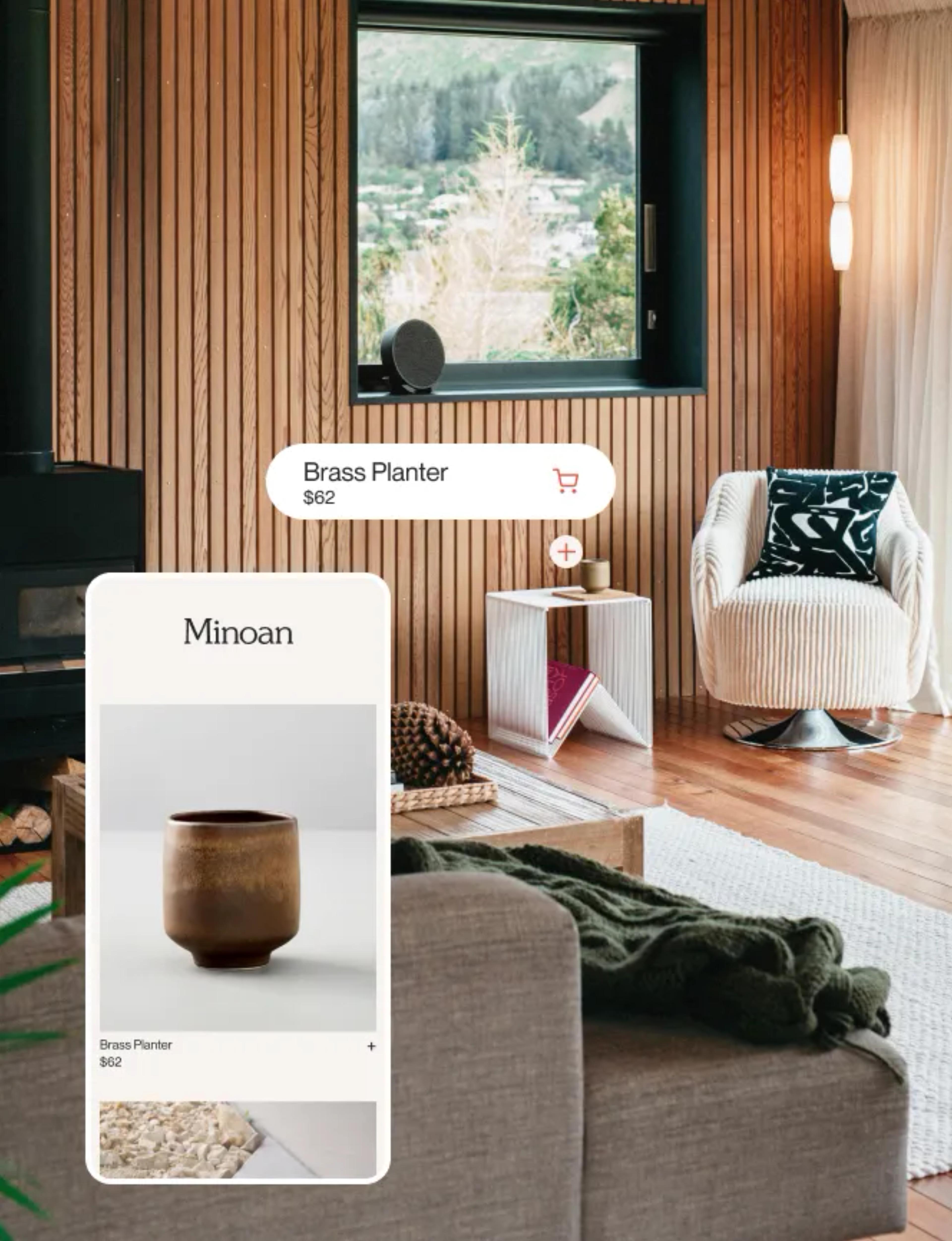
Images from Minoan
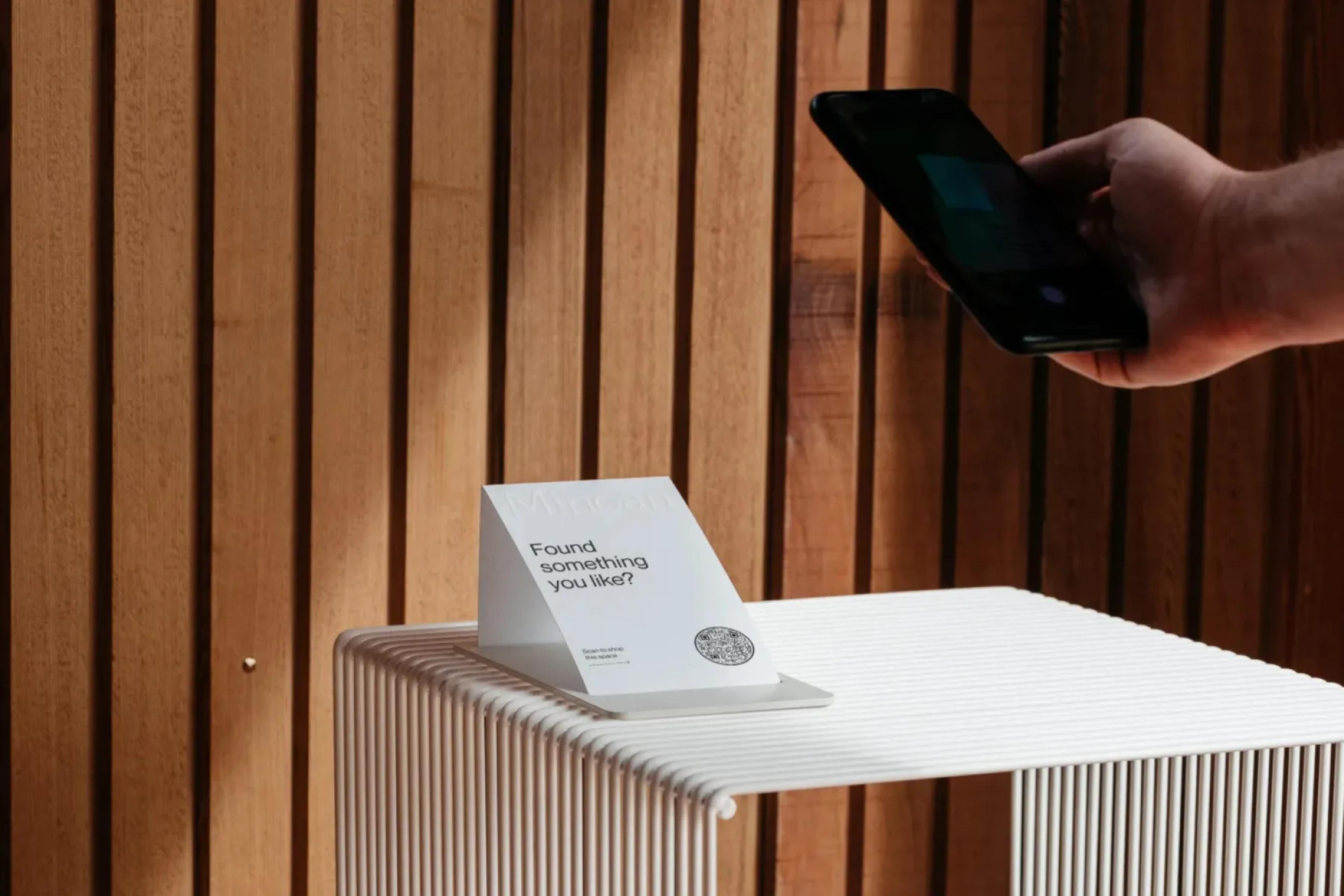
Conclusion
At its core, both hospitality and retail revolve around the generous reception of customers. It’s a mindset rather than a single act or moment, and it’s something that should be woven into brand experiences.
Across all three roundtables was a common understanding of the possibilities that present themselves when an experience is elevated. The blurring lines between hospitality and retail create significant opportunities for brands, operators and designers to come together, embrace each sector's best qualities, and reimagine the future with new ways to engage people.
Every effort has been made to contact image copyright holders. Make Ltd apologises for any omissions, which we will be pleased to rectify at the earliest opportunity.
Tags
Authors
Philippa Wagner is a creative brand strategist with a focus on hospitality and retail. She is a specialist in consumer behaviours, strategic forecasting and brand storytelling.
Publication
This article was published as part of our Hospitality Series, which considers the state of the post-pandemic hospitality sector, including its growing intersection with other areas of design.
Read more
